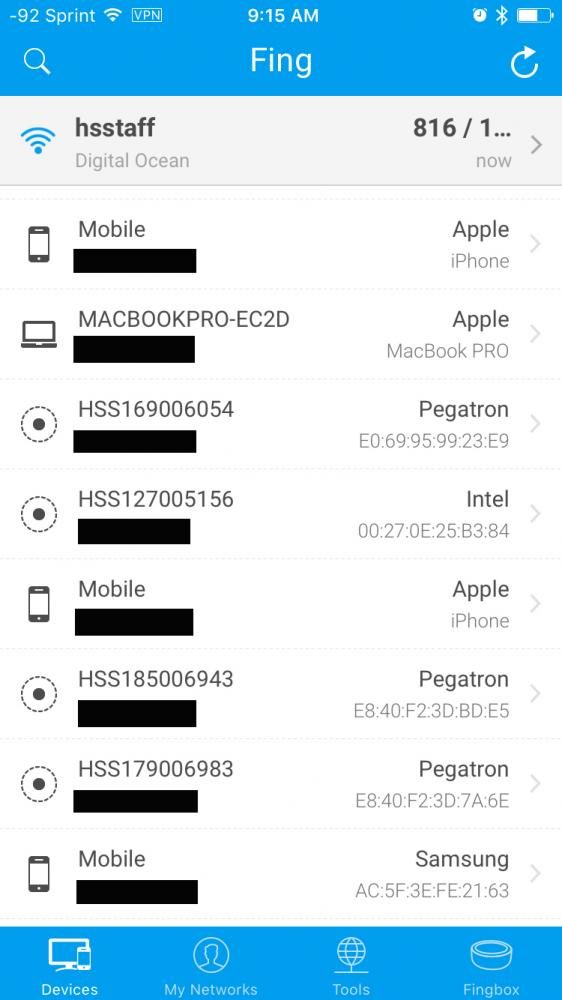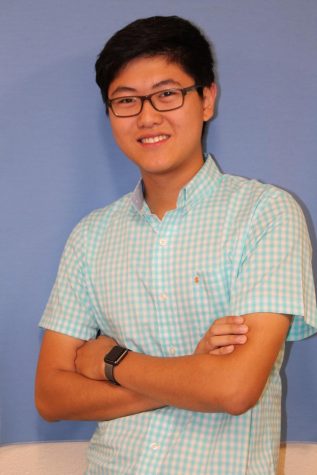Everyday, hundreds of mobile devices connect to one of the 3 wifi hotspots in PVHS, while computers and printers in every teacher’s room and computer lab are connected through wires and cables. Although the school spend huge amounts of time and resources to keep this network safe and secure, many blind spots still exist.
Anyone who has ever used the wireless connections knows that the internet access on these wifi hotspots is rather limited. Though it is reasonable and understandable to put restrictions on risky websites and softwares, the reasons behind some cases are not clear. The most complained one would be YouTube.com. YouTube, if used correctly, can help students in virtually every classes and subjects. Some teachers even promote some channels to help students understand difficult concepts visually and review topics at home. However, Youtube is not available to students in the high school building. Counter arguments can be made by pointing out that many videos on youtube is not suitable for high school. However, simple solutions have been found and implemented in many other schools. For example, in Bettendorf High School, YouTube is available to students, partially. Teachers at BHS can whitelist videos or channels and every device can view those videos freely. Furthermore, some completely safe websites are blocked as well, with the most shocking one being the Campus Portal.
Even with all those blockages, students still have access to the entirety of the internet. “People just use VPNs to get around them,” senior, Jacob Bumann said, “They (the filters) make it impossible to do any sort of off-topic paper because of the block.”
Apart from accessibility, the safety of the networks at PV is also not top notch. Senior, Callum Revell commented, “The school website’s security is a joke. It has been hacked many times.” The wifi networks are also not protected from attacks. The staff wifi network password can be found all over the high school and has never been changed. These wide open public networks allow anyone to see the information of those who are connected to the wifi. This information includes every device’s IP and MAC addresses and potentially all the data sent and received from it. Computers connected with cables don’t get any better either: One can, theoretically, shut down or otherwise do severe harm to any computer not just in the high school but the entire school district. All that can be done anonymously on any of the computers connected with a ethernet cable.
After all, this is another conversation about security vs. convenience. While it is possible to assign everyone a unique login for the school wifi and computers, as most companies do, the implementation of such a process can be costly and backfire just like the filters have. The filters can be upgraded but new ways to get around them will surface just as quickly. At this point, the only accessible and reasonable actions for the school district to take is to take a deep look into the current filter and lift the restrictions off sites and features that students need but can’t access. At the same time, the school needs to educate students and staffs about the insecure nature of the networks and how to stay safe while using them.









